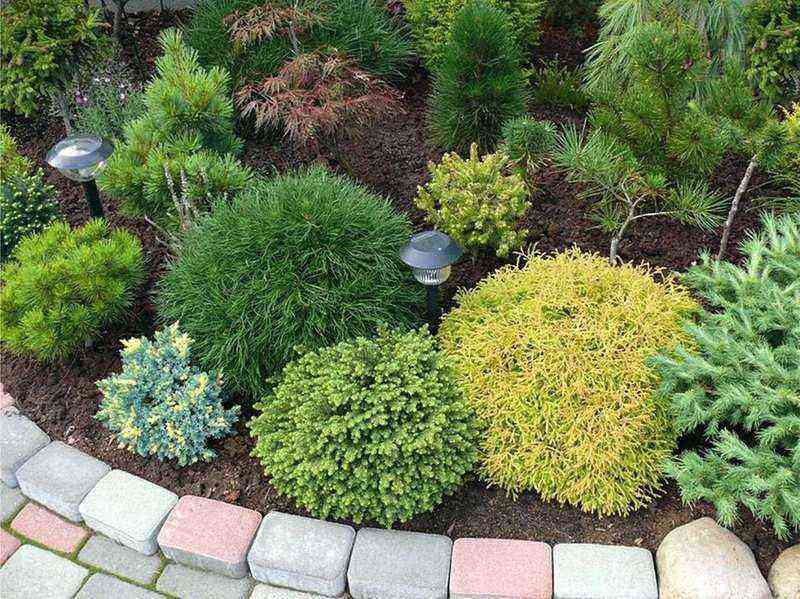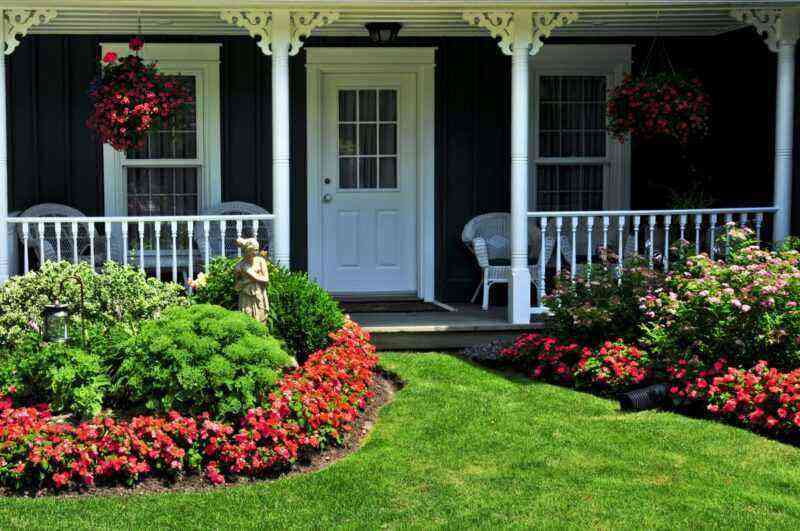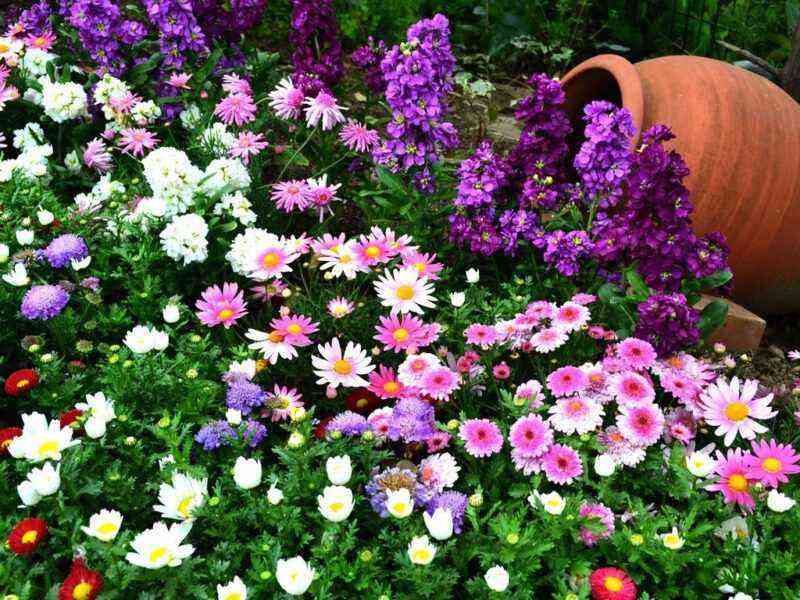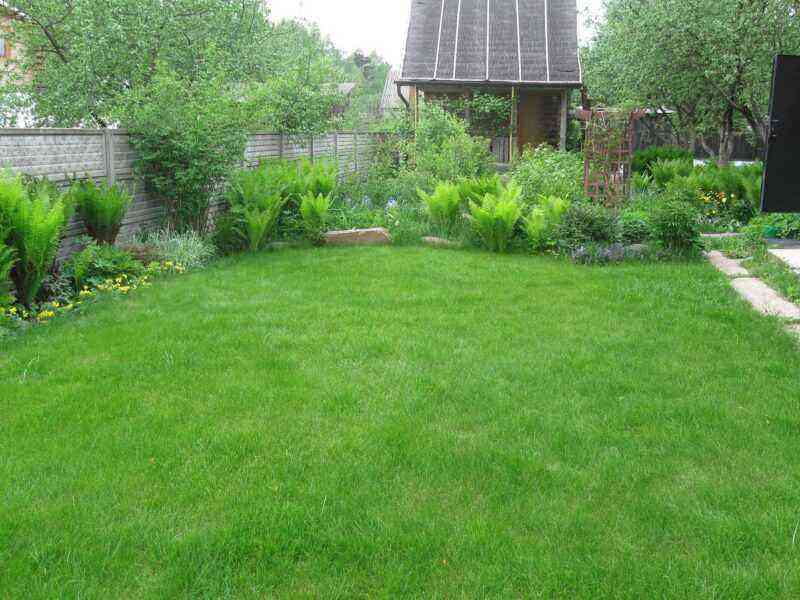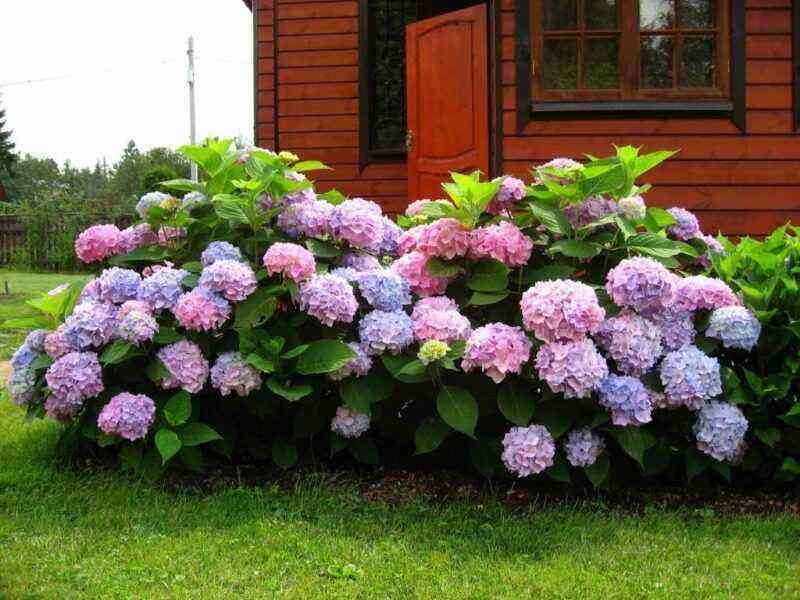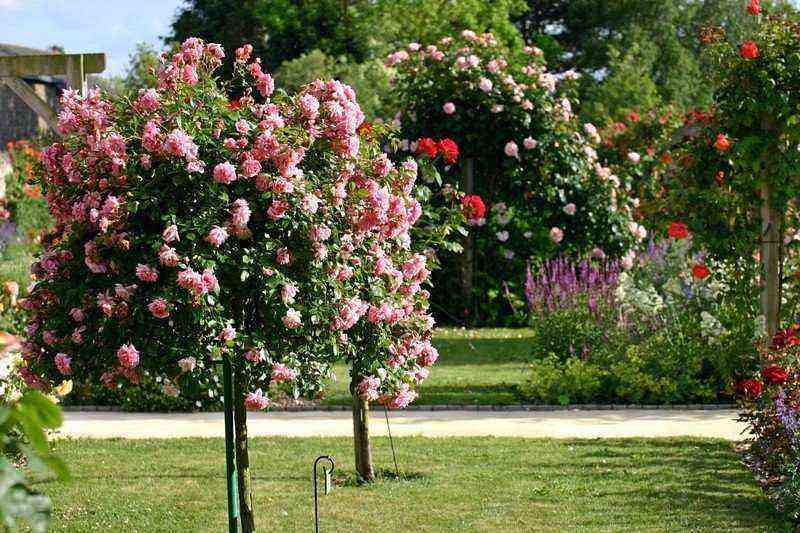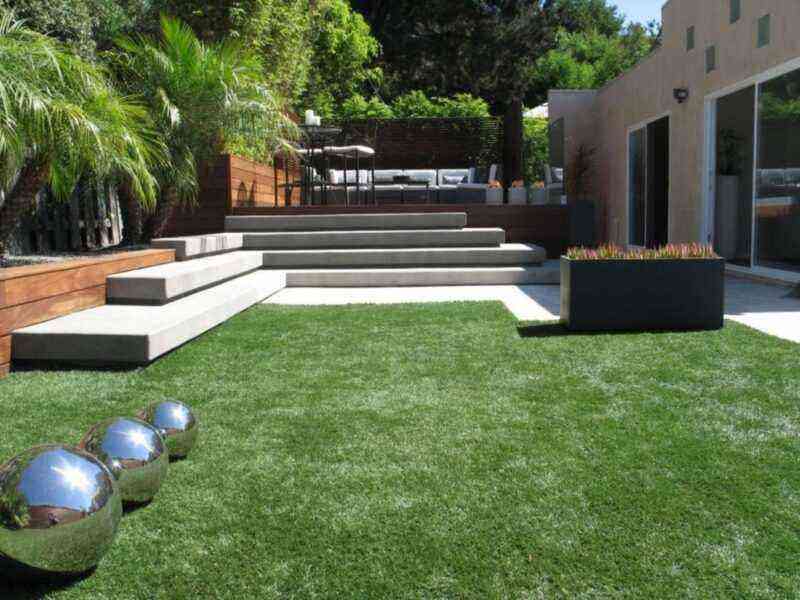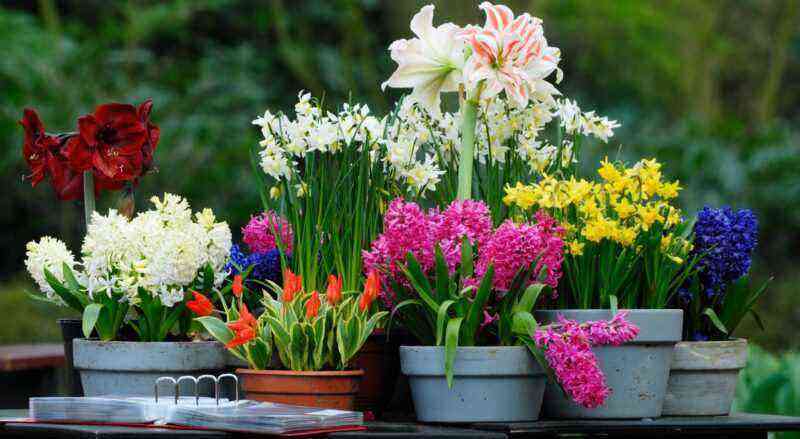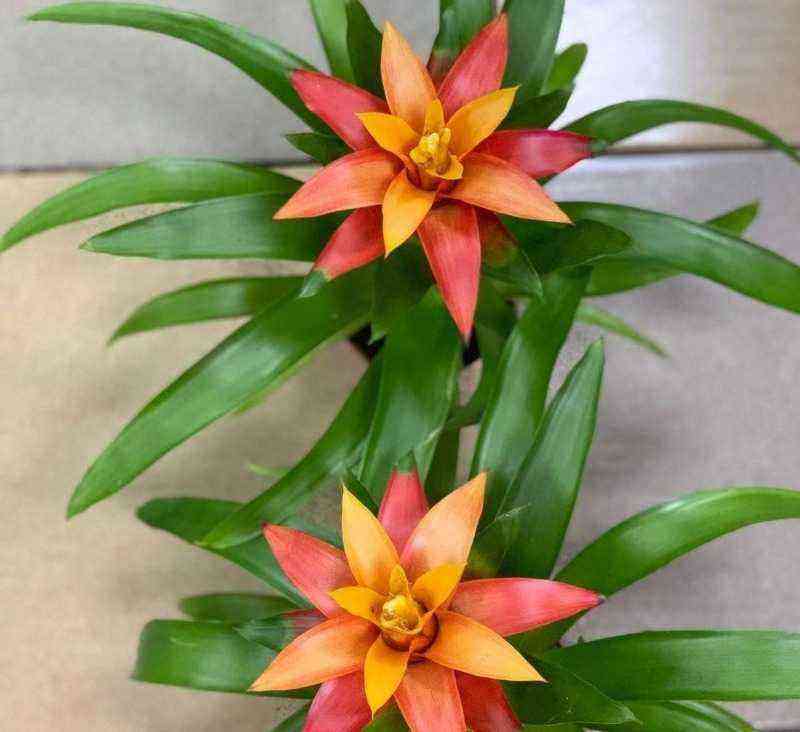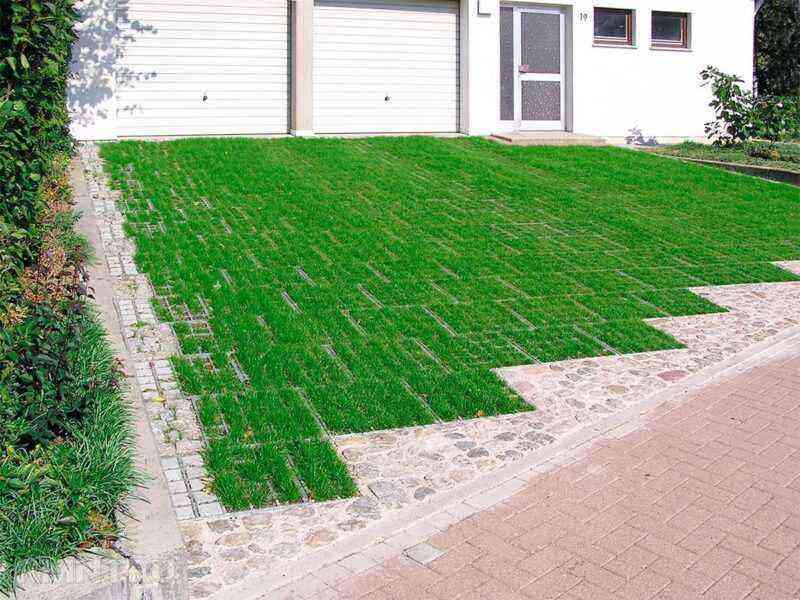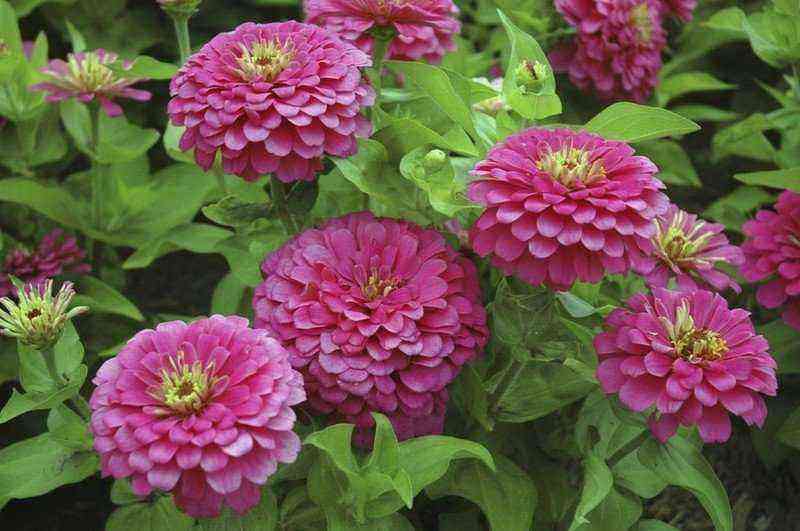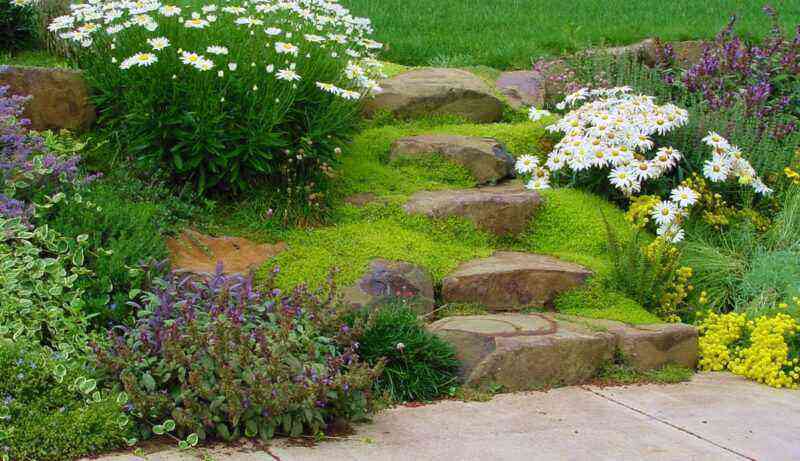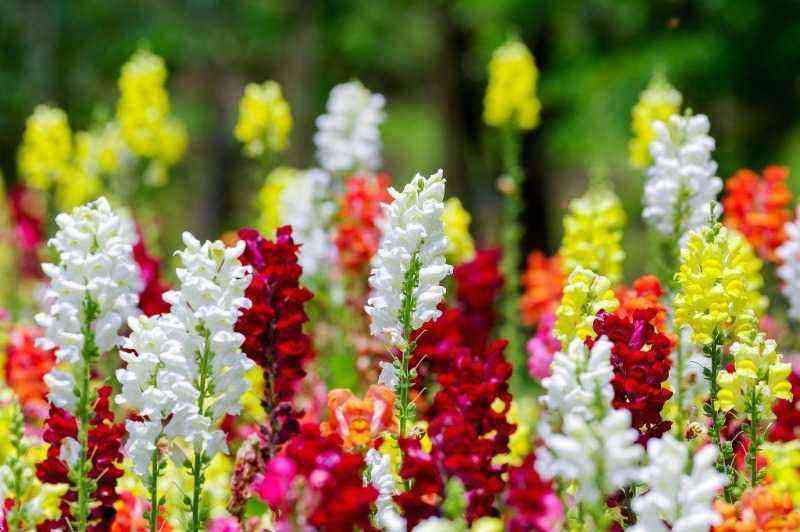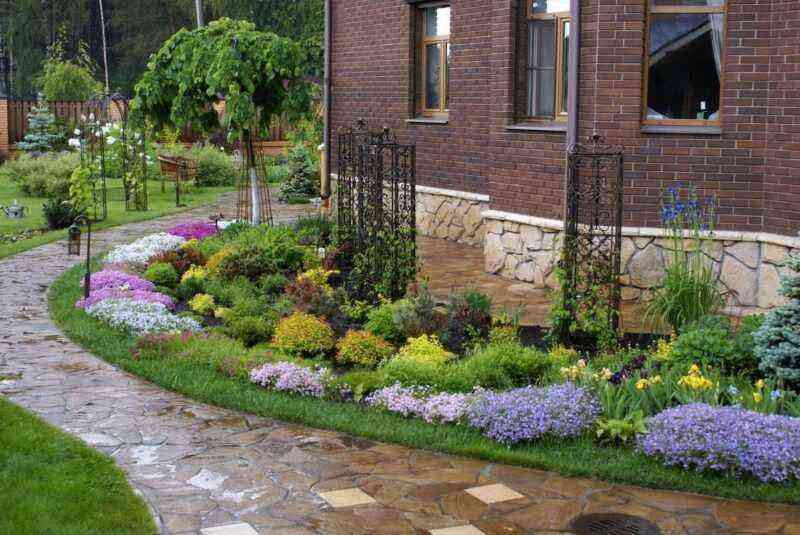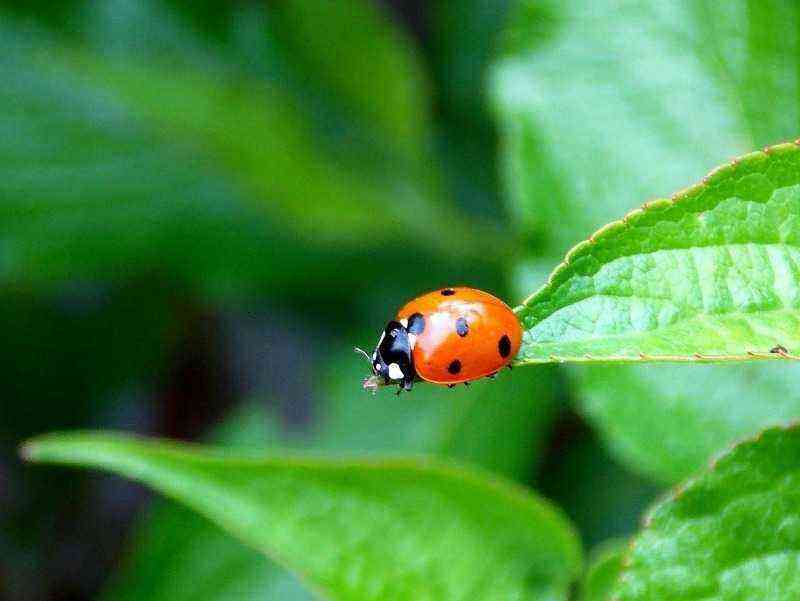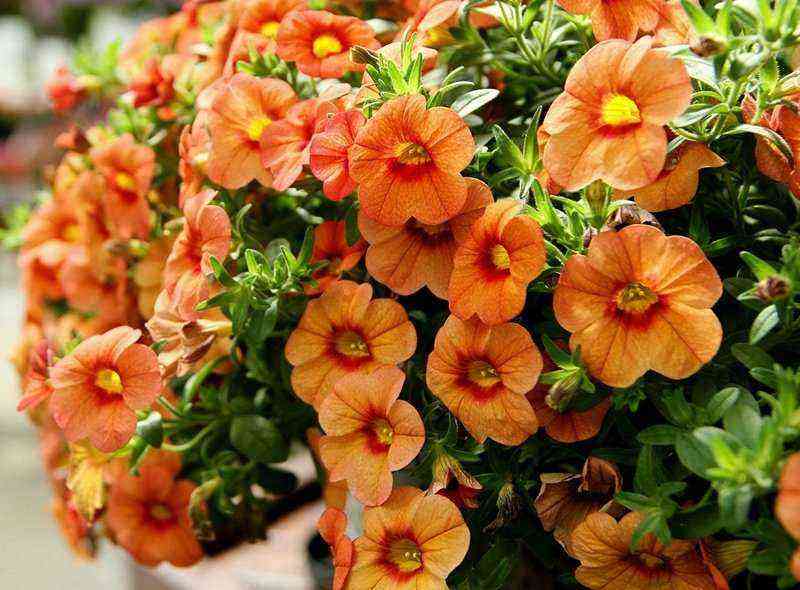Plot decoration is a favorite pastime of all gardeners. Indeed, lately, people have not come to the dacha to provide themselves with vegetables and fruits, although this aspect should not be overlooked. Still, the aesthetic pleasure of communicating with nature is gradually coming to the fore. A wonderful innovative design, which is directly related to the landscape design of the site, can be considered a flower clock. This original element is not only a true decoration for any garden, it is also a practical thing that allows the gardener to orientate himself in time. Of course, the classic versions of street clocks have many advantages, while the floral ones have a unique charm and will always remind you that the gardener created them with his own hands.
Many major cities have flower clocks. As a rule, they are located somewhere near the central square. Flowers in them play an exclusively decorative role. The basis of such structures is formed by a special mechanism that moves the arrows. In fact, it is a mechanical device that differs from what every home has, only in size.
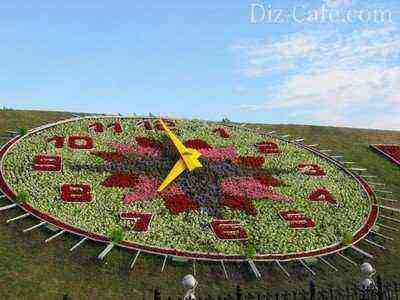
The inner part of this watch contains a complex control system. In fact, it is the same mechanical watch as the one we wear on the wrist.
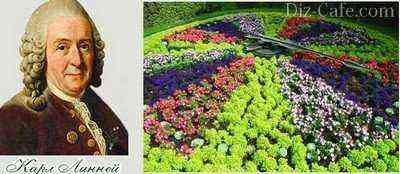
The famous Swedish naturalist and physician Karl Linnaeus created a flower clock that is fundamentally different from the mechanical clock invented much later.
The real flower clock first appeared in ancient Rome long before the invention of its mechanical version. Scientists already at that time noticed the interdependence of the time of day and the behavior of plants. Natural biorhythms of colors made it possible to fairly accurately divide the day into time intervals. From early spring to late autumn, people could be guided by the knowledge gained.
As an invention, the flower clock first appeared in Sweden. The idea was finalized by the genius biologist Karl Linnaeus, who devoted a lot of time to botany. The scientist’s thought was embodied in a construction that had the shape of a circle, divided into sectors.
Each sector was occupied by a plant whose inflorescences opened at a specific time of the day. Flowering moved from sector to sector in the same way as one hour succeeded another.
In the early morning, a cheerful dandelion opens towards the sun. Lunch time is over and the water lilies, having closed their buds, are submerged under the water. In the twilight of the garden, a nocturnal, a night violet, awakens. Clear daily biorhythms are inherent in many plants. They bloom and stop flowering depending on the light and, accordingly, the time of day. Each flower has its own routine.
As it turned out, the secret of colors lies in the pigments that are in each of them. Two phytochrome pigments, depending on the time of day, are transformed into one another. When daylight is absorbed, one pigment turns into another. With the onset of darkness, the reverse transformation takes place. So the flower “understands” at what time of day it actually is.
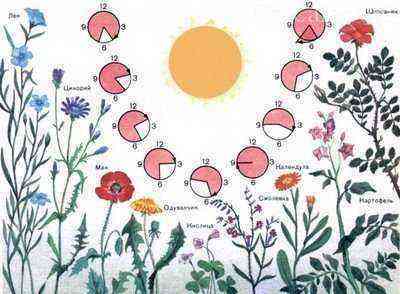
Each plant has its own daily routine. Submitting to its internal regime, its buds also open and close
It is interesting that a change in the conditions of keeping practically does not affect the internal biorhythms of the plant. Even in a dark basement, the bud will open when it would need to be done in the light. And after a certain time period has passed, it will close. Although, if exposed to artificial lighting for a long period of time, biorhythms can be disrupted. But this will not happen right away.
Making a flower clock with your own hands is not as easy as it might seem. Although the activity is interesting and extremely educational. We strongly advise you to involve children in this work. On the way, they will receive a visual lesson in solar astronomy and entertaining botany.
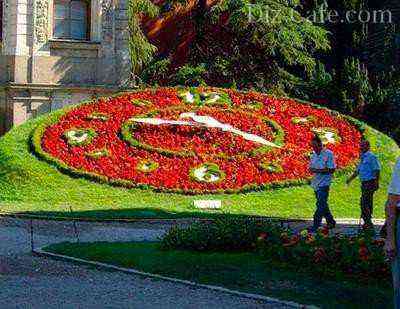
Some flower beds only imitate clocks, others really show the time. It’s just that the shape of the watch looks very impressive and is especially popular.
Do not forget that the biorhythms of plants of the same species depend on weather conditions, the latitude of the area where your site is located, as well as on the level of its natural light. It is possible that the preliminary information you received will require correction.
A flower clock needs clear, sunny weather to work. It is not worth counting on the fact that they will show you the exact time even in the rain, this will not happen.
We need sun and flowers
To create a true sundial flower clock, you need several types of flowers. The general principle of work is this: flowers should open and close at a certain time, showing what time it is.
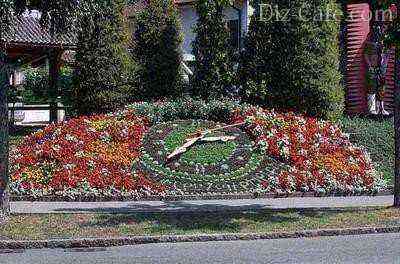
Watches surrounded by flowers are very popular not only in Russian cities, but also abroad. They invariably become the center of attention and a spectacular backdrop for photographs of tourists.
We decide on the main parameters:
- Choosing a place for a future flower bed in your garden. We need an open space that is free from sunlight. Make sure that the shadow of any buildings, trees or shrubs does not fall on the site.
- If you want the future structure to perform not only a decorative function, but also to be used for its intended purpose, build it in a conspicuous place. For example, at the crossroads of several garden paths.
- The round shape of the dial is traditional and comfortable. After preparing the soil for planting seedlings, it is necessary to divide our round platform into 12 sectors. Each of them will symbolize one hour.
- The circle of the “dial” should be separated from the rest of the lawn. You can isolate it by overlapping with small pebbles of a contrasting color or by backfilling with gravel.
- Remember that in the rain, the buds may not open at all. Bad weather knocks plants off those natural biorhythms that are inherent in them, so do not rely on the accuracy of the “move”.
It is very important to choose the right seedlings for the flower clock. To do this, you need not only theoretically know the opening and closing times of their buds, but also how they behave in your specific area. Taking into account the time interval of flowering, you have to place the seedlings in the sectors allocated for it.
To help you choose the right flowers, here are some information on the plants with the most pronounced diurnal biorhythms. Observe the objects selected for landing, make your own table of their biorhythms. Then there will be no mistake with the choice.

Such a table is a real find for any gardener. With its help, you can create not only flower clocks, but also very harmonious flower beds.
If you are afraid that you will not be able to handle such a large-scale job, you can start small. For example, make a simplified design that will show the time when it is time to have breakfast, lunch and dinner.
Violets, coltsfoot and calendula, which open their flowers from 7 to 10 am, will remind you that it is time for breakfast. When between 13 and 15 the charming poppies and bells close their bright petals, it’s time for lunch. In the period from 20 to 21 nocturnal flowers are revealed – nocturnal and scented tobacco. It’s late supper time. Choose plants that match your own biorhythms. Let them decorate the flower bed and signal when it’s time to eat.
Dial with shadow hand
If the previous designs seemed too complicated and not very effective to you, we offer you an option that is easier to implement in technical terms. By the way, the appearance of the proposed flower bed will be no worse, and possibly better than the previous one. We advise you to make a sundial, in which flowers will play a decorative function.
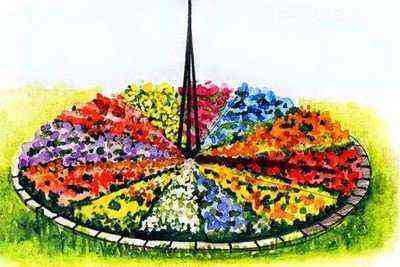
In this case, the flower clock is supplemented with a gnomon, which allows it to show the time more accurately: the biorhythms of flowers are duplicated by the shadow cast by the gnomon
Time will tell the shadow cast by the gnomon – a tall post, which can be used as an armature or a wooden rack. Mark out a circle that will be well lit by the sun. In its center we set the gnomon so that it has a slight slope to the north. To accurately determine the direction, you should use a compass, and all work is best done at 12 noon. The shadow from the gnomon at this moment should point to the top point of our dial.

In the central part of the clock there is a gnomon, which is set tilted towards the north. Its shadow shows the exact time
At the intersection of the shadow with the circle, mark 12. Further marks will need to be made every hour. The most important part of the job will be completed with the final check. From the marks to the center, we designate the sectors that can be decorated to your liking. Sector boundaries are usually marked with gravel or flower borders. Sectors are filled with low-growing plants.
The advantage of this option is that you can use a variety of decor options and flowers, without reference to the timing of their flowering. You can simply make a neat round lawn, with well-visible numbers printed on moisture-resistant plywood. For the background of the general circle or sectors, you can use any ground cover. For borders – rejuvenated, stonecrops and similar species.
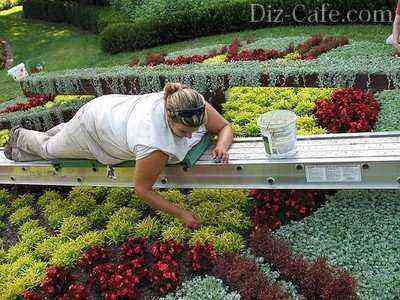
The larger the watch, the more difficult the job of creating it. A giant city clock is made by a whole team of several people. Flowers for them are grown in advance
Pot design
Another proposed method of making watches is perhaps even simpler than all the previous ones. Its only difficulty is finding a suitable site. We need 1,5 sq.m. well-lit area, which will not be shadowed by tall trees or buildings.
Let’s prepare:
- flowerpots (pots) of different diameters: 6-10 small, 4 large and one medium-sized;
- wooden or metal rod 90 cm long;
- paint for outdoor work and brushes;
- paving stones to create a site of 1 sq. m;
- a mixture of sand and cement;
- some gravel.
If we have all the materials and tools, we proceed to the work.
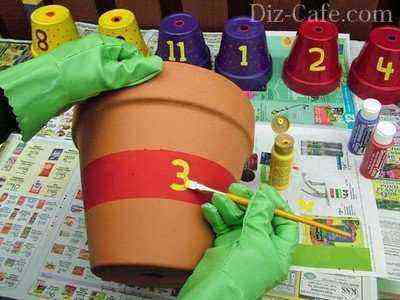
Watch pots can be marked with acrylic paint for artwork. She also looks quite impressive.
On large pots, paint the numbers 3,6,9,12 with paints. Small flowerpots will also be marked with numbers. Since the sundial will not work at night, it is logical to start the numbering of small pots at 7 in the morning and end it at 7-8 in the evening. Yes, we will put small pots upside down, learn this when marking. The exact number of small flowerpots used will depend on the length of the hourly day in your area.
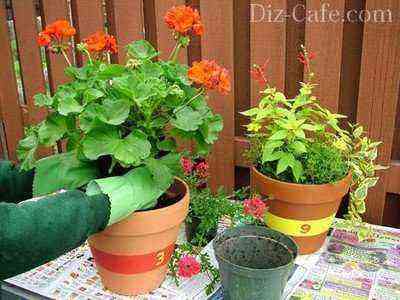
To make the watch look bright and colorful, you need to select plants of about the same size for them. Flowers need to be looked after, do not forget about watering
Fill large pots with moistened soil. We will place light-loving plants in them. They don’t have to be of the same kind. It is better to choose those that are about the same size and bright flowers. This is how the overall structure will look the most picturesque.
Let’s prepare a platform for the “dial” by laying it out with cobblestones. The design of this building depends entirely on your imagination. We put a single medium-sized pot in the center of the site, which we pre-fill with gravel. Let’s stick an axis into it, the shadow of which will play the role of an arrow. Now, armed with an ordinary clock, we begin to set the pots around the “dial” in the place where the shadow from the hand will show at the beginning of each hour.
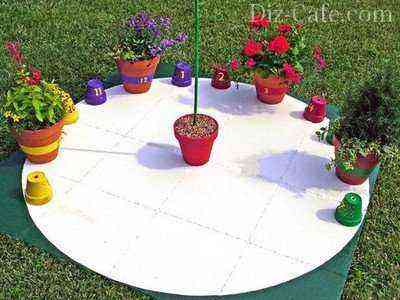
In this case, the platform for the clock is made of a sheet of plywood. If you pave it with paving stones using a sand-cement mixture, the clock will look even more interesting.
When all the pots are placed, the structure can be considered ready for use. Note that after a few weeks the position of the pots will need to be adjusted because the position of the sun above the horizon changes over time.




